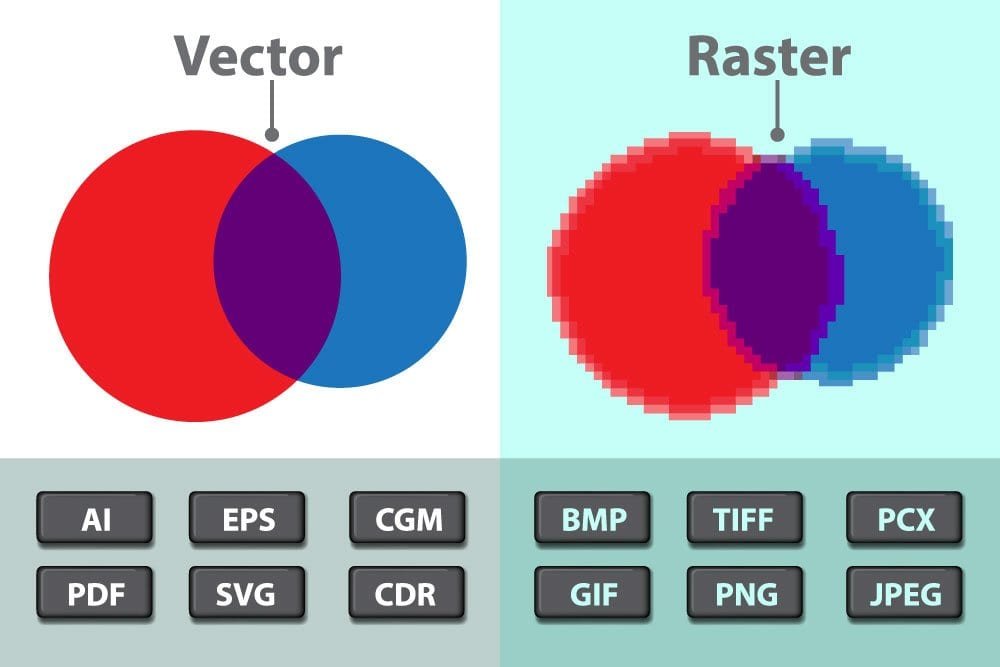

For example, if you have noticed boards mentioning a specific location’s elevation, it is always mentioned concerning the sea level. Continuous data is more about understanding the phenomenon of the location’s relationship with another fixed point in space. For example, in Google maps, we have seen water bodies being mentioned as blue coloured objects, which means that the meeting junction of land and water body is clearly defined in the maps. In the raster, these thematic data have a definable boundary and often represent objects in the data storage system. Thematic data are also known as discontinuous data or discrete data. We mentioned thematic and continuous data in the above paragraph, so let us take some time to understand that more as it will be a foundation block in understanding where are Raster data used and the intention behind the usage. Both types of data have their unique genre of specialization, as Raster data suits the description of data which varies from place to place like, temperature, humidity, elevation, etc., whereas vector data brilliantly describes the spatial details.

Squares represent the raster data that describe the features’ interiors, and vector data is a description of the boundaries or exteriors. Another difference is the area of importance each of these data describes. The other type of data, the vector data we mentioned earlier, defines the features’ centres and edges. They can represent discrete data like US state by state geospatial data, continuous data like temperature, humidity data, and scanned data of maps or drawings. The data is raster format represents a real-world phenomenon. The data behind the raster is a matrix organized by rows and columns, where each cell contains the value of the information it is trying to represent.


 0 kommentar(er)
0 kommentar(er)
